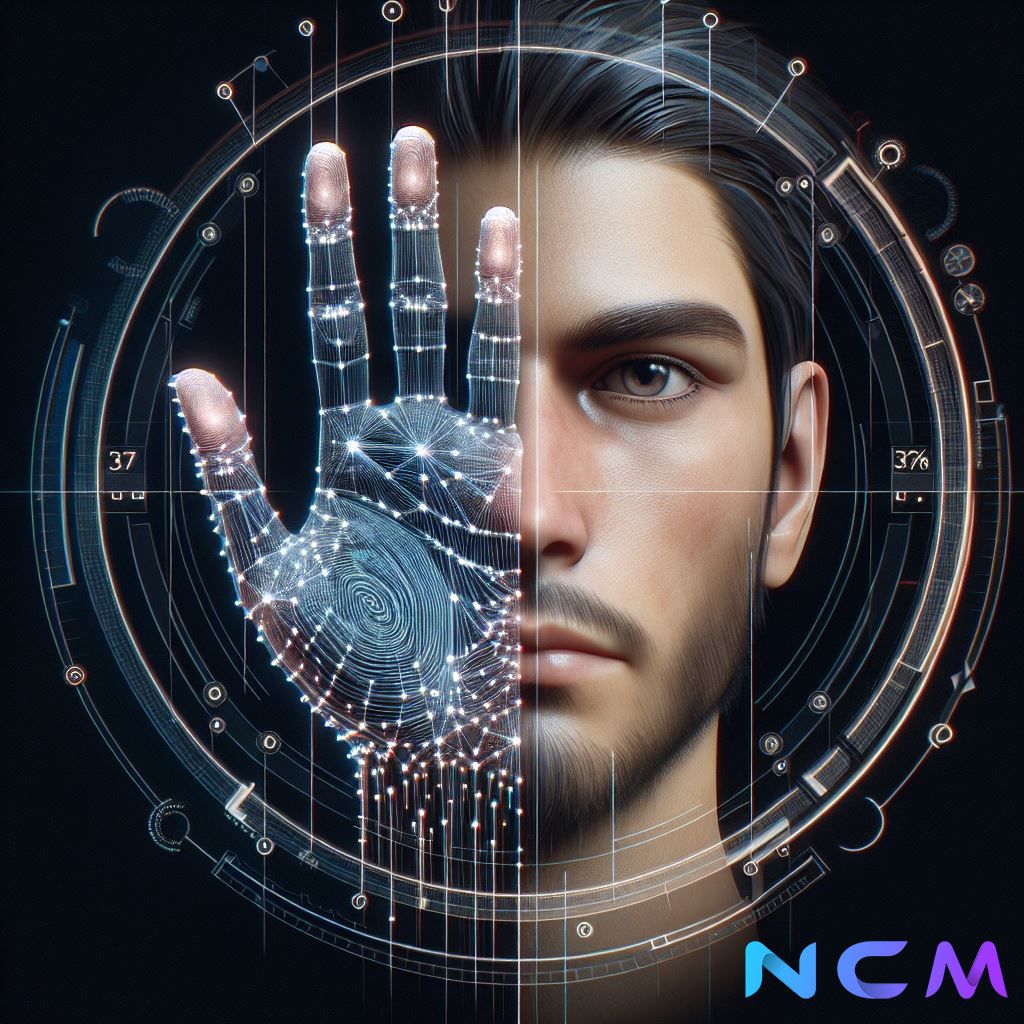
Image Processing and Computer Vision
Cutting-Edge Convolutional Neural Networks
NCM is at the forefront of convolutional neural networks, specializing in extracting detailed information from video sequences for a wide range of applications. Through years of research and development, we have refined techniques that allow us to provide innovative solutions in the monitoring and management of both static and mobile environments.
Innovative Projects and Application Areas
Pioneering Solutions for Dynamic Spaces
In recent years, NCM has implemented numerous projects, especially for monitoring complex environments such as shopping centers, warehouses, manufacturing plants, buses, trains, and subways. These systems are capable of providing crucial information related to security, human presence, productivity, and logistical efficiency.

Object recognition
Computer vision technique for identifying objects in images or videos, analyzing thousands of classified images and learning the characteristics that differentiate one object from another.
Object detection
Is the process of detecting instances of objects in images. The object is not only identified, but also localized in an image. This allows you to identify and locate multiple objects within the same image.
Object tracking
Is the task of taking an initial set of object detections, creating a unique ID for each of the initial detections, and then tracking each of the objects as they move around frames in a video, maintaining the ID assignment.
Innovative Approaches to Public Transport and Security
Revolutionizing Public Mobility with AI and Machine Learning
Public Transport Solutions We have developed specific applications for the passenger transport sector, including:
- Counting passengers on board and monitoring those getting on and off at stops;
- Analyzing the occupancy of seats and reserved areas;
- Creating Origin-Destination matrices to optimize the transport system;
- Behavioral analysis of passengers and drivers concerning on-board safety.
Advanced Recognition Technologies Our solutions include advanced recognition systems that feature:
- Recognition and counting of objects and animals;
- Fraud identification and fare evasion;
- Management of tampering and failures of surveillance cameras;
- Blurring faces for privacy;
- Palm print recognition.
Precision and Reliability The algorithm we developed, trained with millions of images from thousands of sites, has achieved accuracy exceeding 98%. This technology is now operational on thousands of public transport vehicles and commercial sites, ensuring safety and operational efficiency. NCM continues to push the boundaries of computer vision technology to enhance the quality of life and the efficiency of infrastructure on a global scale. With a constant commitment to research and innovation, we are proud to be leaders in our field and to offer solutions that make a difference.


Public Transport Solutions
Counting passengers on board
Passenger counting is a crucial function in the management of public transport and relies on advanced technologies that include surveillance cameras and our Artificial Intelligence algorithms for data analysis.
It allows companies to monitor attendance in real time, adjust the frequency and capacity of vehicles to actual needs, and optimize resources. For example, during peak hours or special events, an effective counting system can help prevent overcrowding and improve the quality of service offered to users.
Historical analyses of passenger flows can indicate changes in travel patterns and prompt infrastructural changes, such as adding new lines or stops.
It also allows for the reduction of energy wastage and the optimization of routes based on actual demand, reducing the environmental impact of the sector.
Public Transport Solutions
The Number of Boardings and Alightings
Monitoring the number of passengers boarding and alighting from a transport vehicle is crucial for efficient management and safety in public transportation. This metric, particularly relevant for buses, trains, and other mass transit vehicles, allows operators to assess the distribution of passenger load across various stops and optimize the service accordingly. NCM uses cameras for counting boardings and alightings, which may be the same as those used for video surveillance, and Artificial Intelligence algorithms that analyze the flows of people entering and exiting at stops. These systems are capable of distinguishing even complex situations, such as groups boarding or alighting together, providing accurate data useful for making operational and planning decisions.
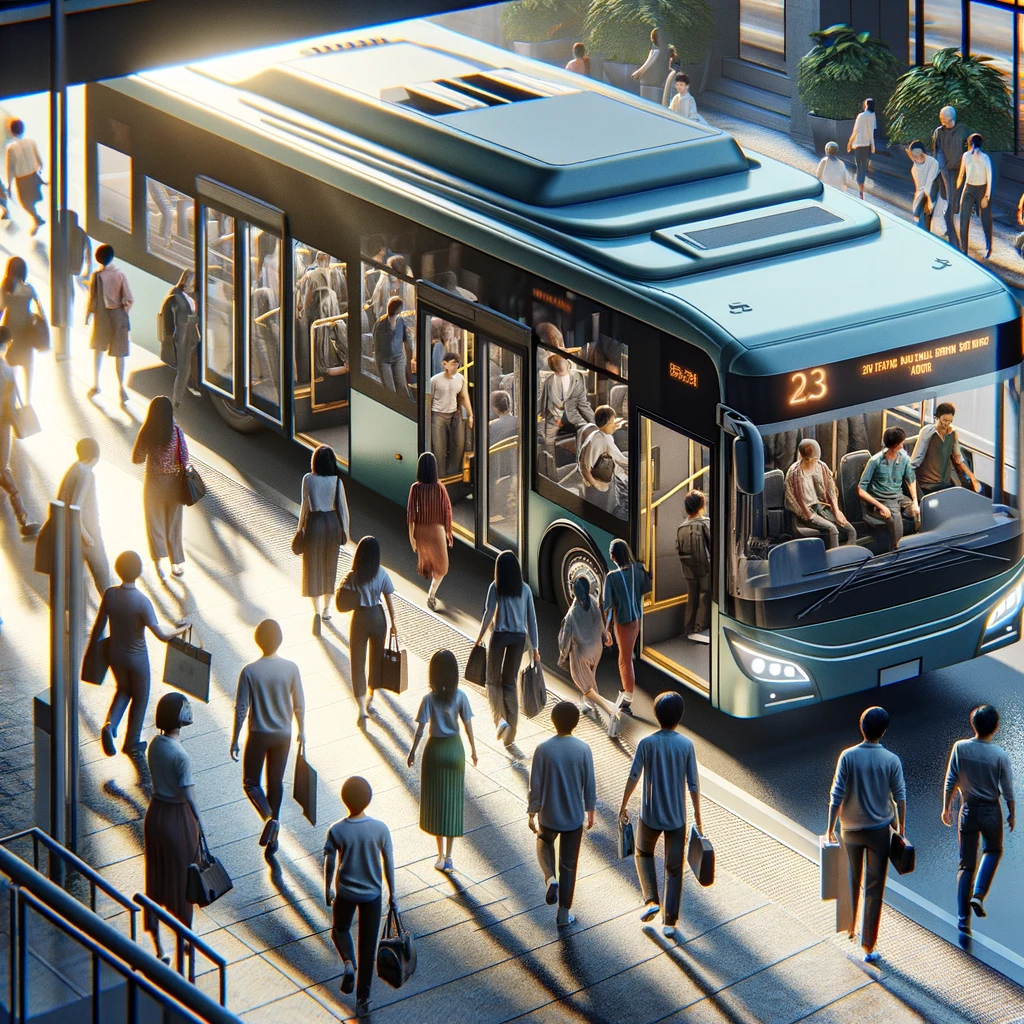

Public Transport Solutions
Seat Occupancy and Reserved Areas Monitoring
Monitoring the occupancy of seats and reserved areas is another vital aspect of public transport management, as it directly affects the quality of service offered to users and their accessibility to the transport vehicle. This function involves detecting the actual use of seats and areas designated for specific categories of passengers, such as the elderly, disabled, or pregnant women.
Images from cameras are analyzed by our Artificial Intelligence algorithms to inform passengers waiting at the stop about the availability of these areas.
Detailed analyses allow for the quick identification of any misuse of the reserved areas and interventions to optimize the use of available space, contributing to a more equitable and accessible environment for all users. Advanced management of seat occupancy and reserved areas not only improves the travel experience for each individual but also ensures that inclusivity policies are respected and that the needs of all passengers are considered fairly and responsibly.
Public Transport Solutions
Origin-Destination Matrices
The Origin-Destination matrices, created through our Artificial Intelligence algorithms, are fundamental analytical tools in the field of transport planning. These matrices collect and analyze data on the routes taken by passengers, indicating the starting and ending points for each journey within a transport network. The use of this information allows operators to better understand traffic flows, optimize existing routes, and plan new lines or services based on actual demand. The collected data are essential for modeling and predicting urban mobility behaviors and for supporting policy and operational decisions that influence urban development. For example, a detailed analysis of the matrices can reveal the need to increase public transport services in rapidly growing areas or to adjust service schedules to respond to emerging commuting patterns.
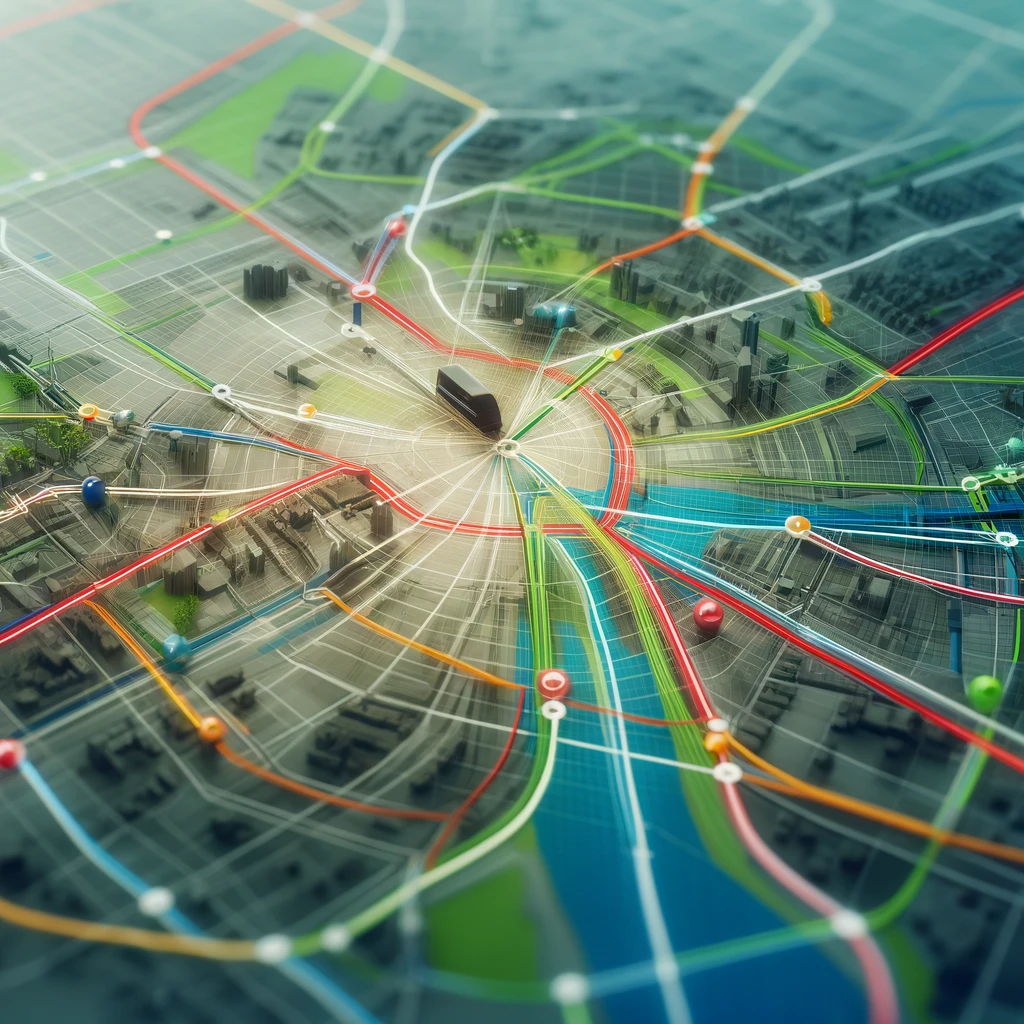

Advanced Recognition Technologies
Management of tampering and failures of surveillance cameras
NCM's advanced surveillance system integrates artificial intelligence (AI) to provide self-monitoring capabilities that ensure its constant efficiency and reliability. This innovative feature, named "Watch the Watchers," represents a qualitative leap in how security infrastructures are monitored and managed.
The ability of a surveillance system to self-check is crucial, especially in critical environments such as transport stations, airports, and logistics hubs, where security can never be compromised. Traditionally, the maintenance and control of surveillance systems required frequent and costly human interventions, with periodic checks to ensure the proper functioning of cameras and related network infrastructures. With the introduction of AI, NCM transforms this paradigm.
The "Watch the Watchers" system uses AI algorithms to continuously monitor the operational health of every camera and system component. This includes checking camera functionality, analyzing image quality, detecting any failures or signal degradations, and early identification of tampering or sabotage attempts.
One of the most innovative aspects of the system is its self-diagnostic capability. If a problem is detected, such as a obscured lens, a sudden change in recording settings, or a network connection disruption, the system not only immediately notifies operators but in many cases can also attempt automatic corrective actions. This reduces downtime and maximizes operational continuity.
Furthermore, AI allows for continuous optimization of recording configurations based on the analysis of collected data. For example, if an increase in suspicious activities is detected during certain hours in specific areas, the system can automatically adjust the recording resolution or the frame rate of the affected cameras to capture finer details and improve evidence collection.
Ultimately, with its innovative approach to the maintenance and control of surveillance systems, NCM sets new standards of safety and reliability, ensuring its customers the peace of mind that comes from knowing their environment is always protected and monitored.
Advanced Recognition Technologies
Recognition and Counting of Objects or Animals
Recognition and counting of objects or animals are key technological advances in transport safety, using cameras and AI algorithms to ensure safety compliance and prevent dangers. This system identifies unauthorized items like abandoned bags or hazardous materials, alerting operators in real time for swift action. It also ensures only permitted animals are onboard and are not left unattended or occupying spaces not intended for them.
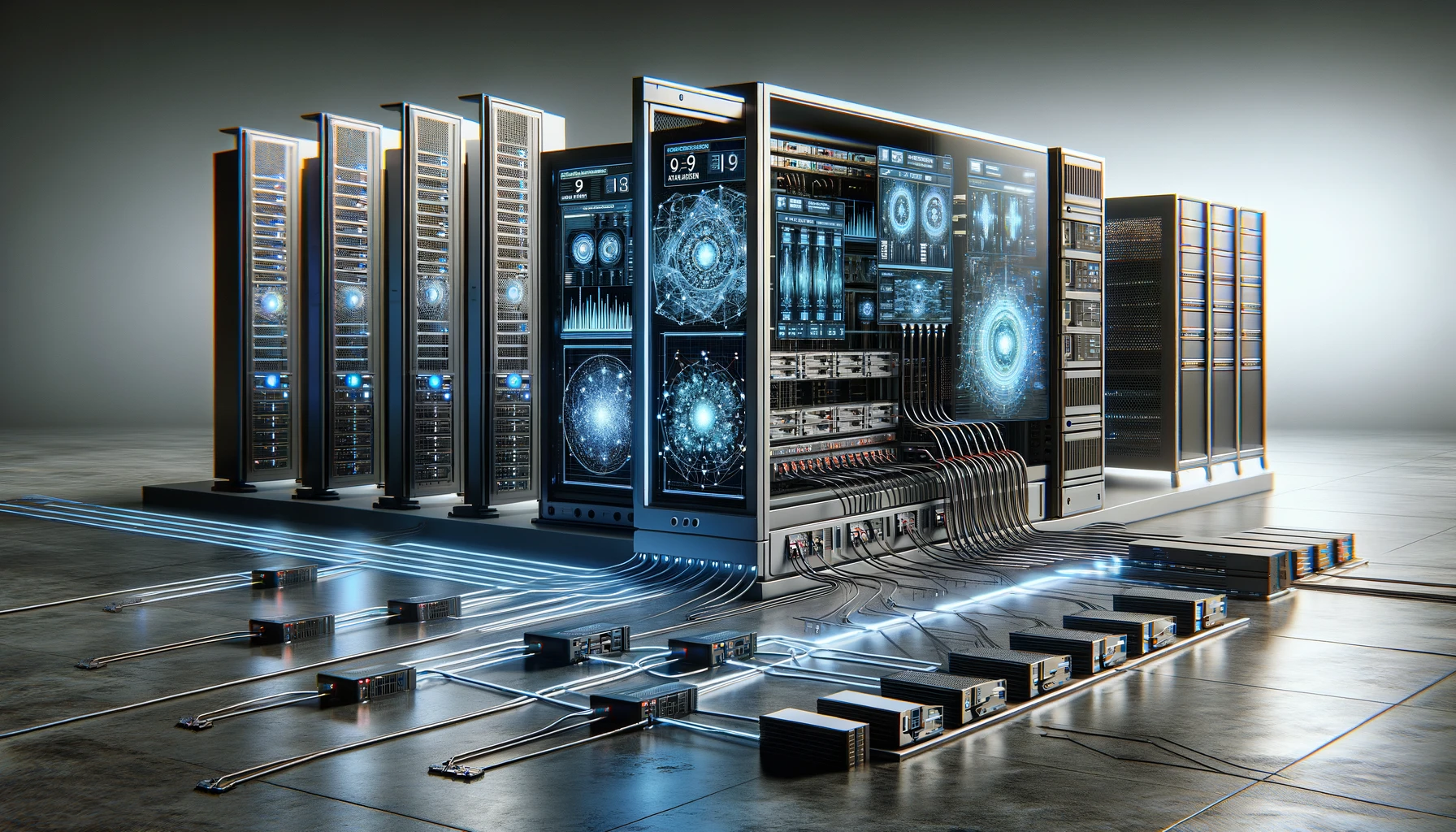

Advanced Recognition Technologies
Fraud Identification in the Transport Sector
In the transport sector, fraud identification is a critical component for ensuring financial and operational transparency of companies. Thanks to technological advancements and the adoption of smart monitoring and analysis systems, organizations can now proactively address the risk of fraud, protecting both their assets and customer trust.
Fraud in the transport sector can take many forms, from fare evasion to the misuse of company resources, to data manipulation for personal or corporate gain. To effectively combat these risks, NCM implements a range of advanced technological solutions to identify and prevent fraud before it can have a significant impact.
Monitoring Technologies
One of the most effective tools in fighting fraud is real-time monitoring through surveillance cameras and sensors integrated into transport vehicles and infrastructure. These devices not only record suspicious activities but are also integrated with our AI software, which can analyze behaviors and identify unusual patterns. For example, an unusual increase in the number of passengers at a particular location without a corresponding increase in ticket sales could indicate a fare evasion issue.
Payment System Integration
To minimize transaction-related fraud, NCM implements integrated and secure payment systems. These systems use encryption technologies and biometric authentication, such as palm or facial recognition, to ensure that only authorized passengers can access paid services. This significantly reduces the chances of fare fraud and enhances the security of financial transactions.
In conclusion, fraud identification is a key element in maintaining the integrity and financial sustainability of the transport sector. Through the use of AI, NCM is at the forefront of combating fraud, ensuring a reliable and secure service for all its users.
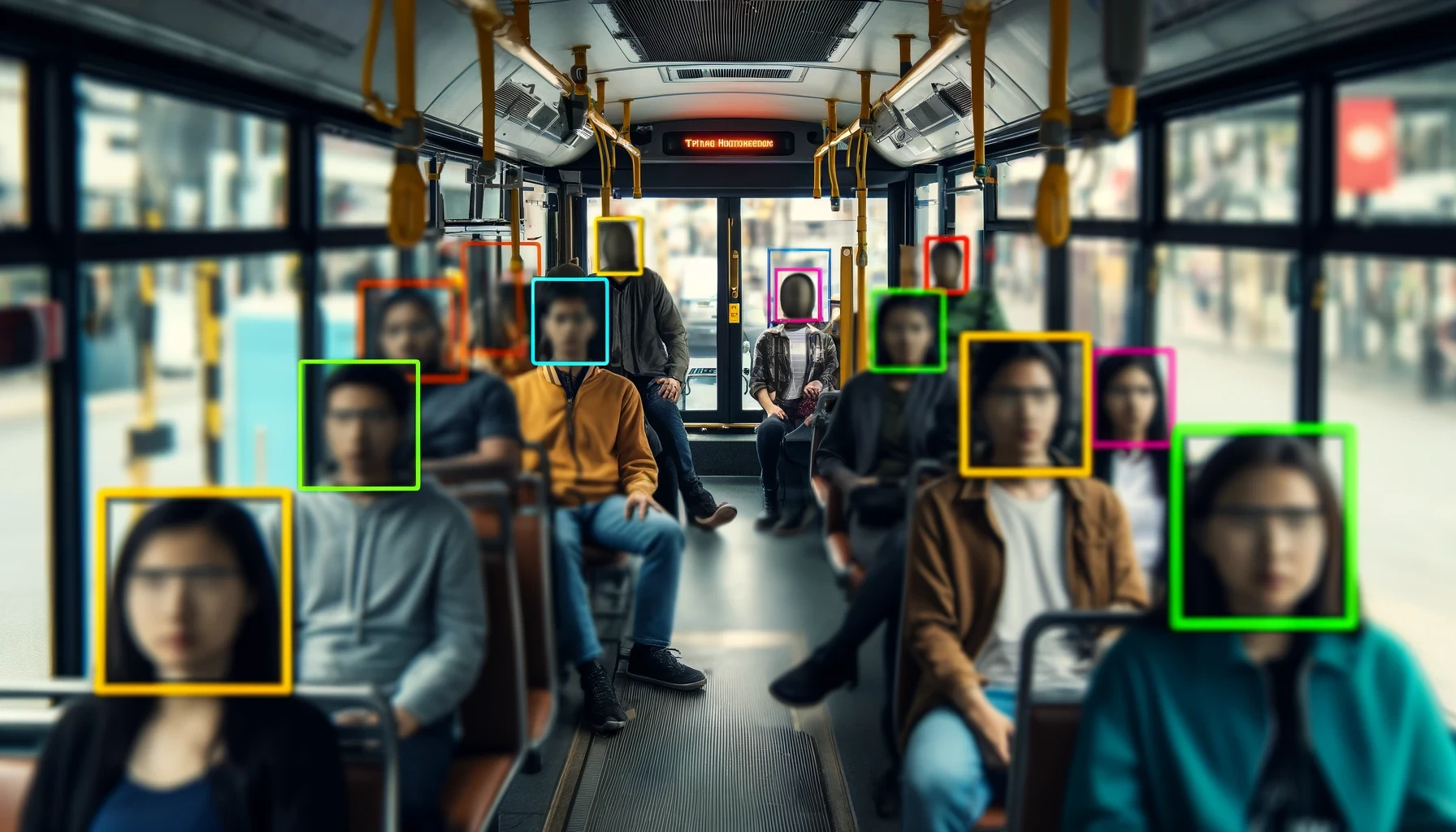
Advanced Recognition Technologies
Blurring faces for privacy
Face blurring in video recordings is an essential technology for ensuring passenger privacy in the context of surveillance in public and private transport. This advanced technological process uses our artificial intelligence algorithms and image processing techniques to alter video footage so that people's faces are made unrecognizable, thus ensuring that the recordings do not violate privacy regulations.
The importance of face blurring has grown significantly with increasing privacy concerns and the proliferation of security cameras. Data protection laws, such as the GDPR in Europe, require companies to take proactive measures to protect individuals' identities in video recordings. Implementing face blurring systems allows transport companies to comply with these laws, reducing the risk of legal penalties and strengthening public trust in their privacy management.
Our blurring system can be configured to activate automatically during recording or during the review of stored images. This ensures that only authorized personnel can access the unaltered images under specific circumstances, such as crime investigations or other formal inquiries, guaranteeing that access to sensitive data is always controlled and in compliance with regulations.
Moreover, face blurring does not compromise the effectiveness of security operations. Our technology allows for obscuring faces without altering other crucial elements of the video, maintaining the integrity of information relevant to security. This balance between privacy and security is vital for the social acceptance of surveillance technologies and for their operational effectiveness.
Advanced Recognition Technologies
Palm print recognition
Palm recognition is a form of biometrics that uses the unique characteristics of a person's palm to verify their identity.
Unlike other biometric forms, such as fingerprint or facial recognition, palm recognition includes multiple features such as palm lines, blood vessel configurations, and hand geometry, making it extremely difficult to forge. This technology is ideal for use in high-security environments, such as access control in restricted areas at airports or public transport stations.
Additionally, palm recognition can be integrated into payment systems, allowing passengers to make quick and secure transactions without the need for cash or cards. This not only improves convenience but also increases operational efficiency, reducing queues and wait times.
